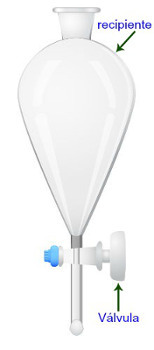The issue of availability of quality water is very serious since, basically, all living organisms are dependent on water, even if indirectly. Thus, waste is just one of the factors that make this issue a cause for concern with regard to the maintenance of life, in the medium and long term.
The dumping of debris into the water of rivers and oceans and the contamination of groundwater by organic components from garbage manure and cemeteries; wine resulting from the manufacture of sugar and alcohol; leaking from underground gasoline storage tanks; pesticides and fertilizers; tailings and industrial landfills, among others, are some of the factors that compromise water quality. The use of water to cool industrial and plant equipment, such as thermoelectric plants, being released again in the environment, also generates significant impacts, as many organisms are sensitive to this temperature increase (around 15°C).

Waste disposal in rivers
Industrialization, together with the way we consume, has, for example, made us used to using plastics and detergents in our daily lives. Forming layers that block the passage of solar energy and oxygen, they compromise an entire complex system of relationships between organisms. Furthermore, the asphyxia of animals with these polymers and the permeabilization of the wing feathers of certain birds are other visible consequences.
The increase in the availability of nutrients in the water caused, for example, by the release of sewage, promotes something similar to what was said above: the excess of nutrients allows a significant increase in algae and cyanobacteria, with a consequent reduction in oxygen and blocking of sunlight due to their presence in the surface. Under these conditions, rooted plants find it difficult to carry out photosynthesis, impairing their growth; and animals cannot resist lack of oxygen and food. With the death of these organisms, bacteria and benthic beings proliferate, using the little remaining oxygen and even some releasing toxins. This phenomenon is known as eutrophication.
In addition to this factor, the discharge of sewage eliminates a series of pathogens in the water, compromising the health of the environment and of those who have contact with or ingest this water or the food that lives in it.
By Mariana Araguaia
Graduated in Biology
Source: Brazil School - https://brasilescola.uol.com.br/biologia/poluicao-aguas.htm

